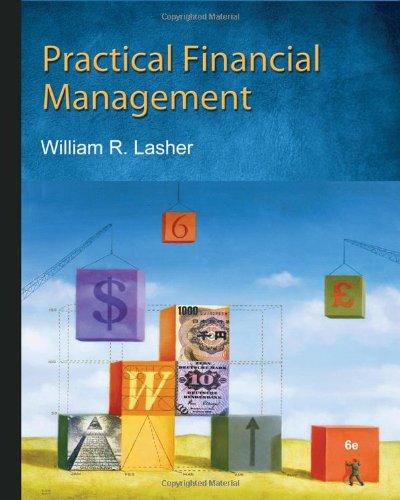Question
I was tasked with comparing and running a regression between Walmart (WMT) and the S&P500. I have already calculated for the return (adjusted price now
I was tasked with comparing and running a regression between Walmart (WMT) and the S&P500. I have already calculated for the return (adjusted price now - adjusted price)/adjusted priceold) and found the equity beta = 0.38 using Excel. The following questions in italics is what I need help with.
1.Get the Risk-Free Rate.
Find the current yield on a U.S. Treasury instrument that you feel represents the risk-free asset for a long-horizon project analysis.
You may get use one of the Treasury constant maturities from the website below:
https://www.federalreserve.gov/releases/h15/
Q: What is the best one to choose, if Walmart's risk free rate on Google is 0.7% , which would be make the most sense? Do I want a longer maturity date that leads to a higher rate of return or one that matches Walmarts risk free rate best? What is the best logic to use when selecting a yield in this case?
2.Get an estimate of the Market Risk Premium from the web site below (use implied equity premium):
http://pages.stern.nyu.edu/~adamodar/
Q: Is the implied equity premium the same as the market risk premium? (In this case, the 5.29% stated for October?
Q: When executing the CAPM equation, ERi= Rf + Bi * (ERm-Rf)
Would it be ERi = Rf + 0.38 * (.0529) OR ERi=Rf + 0.38 * (.0529 - Rf)
Q: How do you tell if a stock is over or underpriced against the cost of equity, what variables do you compare?
Step by Step Solution
There are 3 Steps involved in it
Step: 1

Get Instant Access to Expert-Tailored Solutions
See step-by-step solutions with expert insights and AI powered tools for academic success
Step: 2

Step: 3

Ace Your Homework with AI
Get the answers you need in no time with our AI-driven, step-by-step assistance
Get Started


